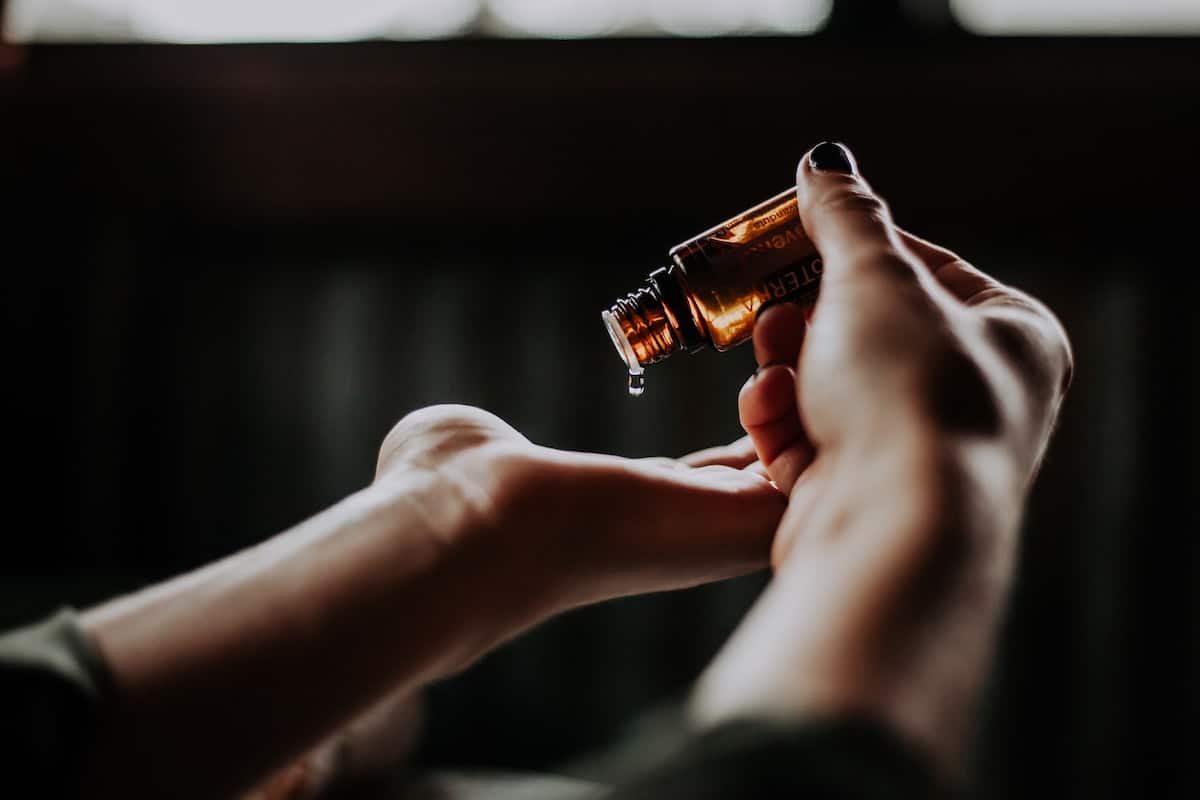Most studies to date on the effects of CBD on muscle soreness in humans have been small-scale, but they do show promise. More studies are necessary to establish the effects of topical or oral application and more. That being said, the anecdotal evidence about its benefits is very positive. It makes sense that CBD could relieve muscle soreness because it has anti-inflammatory qualities and inflammation causes pain. Inflammation initiates the healing process, but it also causes soreness in the muscles.
CBD products are made from the CBD extracted from the hemp plant and can be taken in several ways, such as a topical cream, drops placed under the tongue, or in capsule form. Here are seven tips for those who want to use CBD for muscle soreness.
1. Review the Certificate of Analysis
If topical products only contain a low concentration of CBD, the soothing sensation you feel when using it may be due to the other ingredients in the products rather than the CBD. This is why it is so important to review the list of ingredients in a product. Look for a Certificate of Analysis (COA) to find out the total concentration of cannabinoids in a product. Make sure the COA is done by an independent third-party laboratory, so the results are unbiased.
Many reputable CBD brands offer cheap CBD products without sacrificing the quality of their products. Leafreport does the research for you to help you find the most affordable, high-quality CBD products.
2. Decide whether to use a topical or oral product
The intensity and source of your muscle soreness will determine which product is best for you to use. How effective CBD is will depend on the product, its intended use and your physiology. Some people find CBD very effective, while others may hardly notice the effect.
Post-workout muscle soreness: A high-quality, topical CBD can help to treat the temporary muscle soreness you may experience after a workout. The endocannabinoid system (ECS) of the body has a high concentration of cannabinoid receptors in the skin, and CBD interacts with these receptors. Many athletes use CBD today to help them recover from training, especially in intense training phases.
Muscle tightness and tension: For muscle tightness from sitting all day at a desk, a topical CBD cream can bring relief.
Chronic muscle pain: For chronic muscle pain, you could take oral CBD for the systemic pain and rub it on a topical cream in the event of a flare-up. An oral product has a more systemic effect if it’s a reliable and potent product. It enters the bloodstream and reaches cannabinoid receptors throughout the body.
3. Full-spectrum CBD usually works best
A full-spectrum CBD contains CBD, terpenes, minor cannabinoids and a trace of THC. It is believed to work better than a CBD isolate from which all compounds except CBD are removed. The theory is that all the compounds from the plant work better synergistically than they do on their own.
Creams are often blended with other skincare ingredients like shea butter or coconut oil, but they should also contain enough CBD of the right kind to work well.
Broad-spectrum CBD oil contains the same ingredients as full-spectrum CBD oil but without any THC. A high-strength, broad-spectrum cannabinoid tincture could work well for those who want to avoid THC.
4. Find the appropriate dosage
Start by following the instructions on the label of a specific product. If you take CBD oil, use the dropper provided to place the oil under your tongue. Allow the oil to sit for a while, so it absorbs into the mucous membrane under the tongue and gets access to the bloodstream. An oral dose helps you to control how much you take, and you can build up slowly from a small amount to more over time if necessary.
Creams and lotions are ideal for rubbing on in small, circular motions to relieve temporary muscle soreness. It is harder to establish how much CBD you absorb through your skin, so you may have to experiment a little.
5. Check the safety of CBD products
If you’re an athlete, you need to make sure that drug tests don’t show THC use. Some CBD products contain CBD and THC. If the CBD is extracted from hemp and it contains less than 0.3% of THC, it is legal in the U.S. If a product contains more THC than 0.3%, it is illegal.
CBD appears to be safe, even when used in fairly large quantities. It has few side effects, but some people experience mild side effects like dry mouth, appetite fluctuations, and drowsiness.
If you are taking other medications, it is important to check that CBD won’t interact with them, which could cause side effects or affect their performance.


